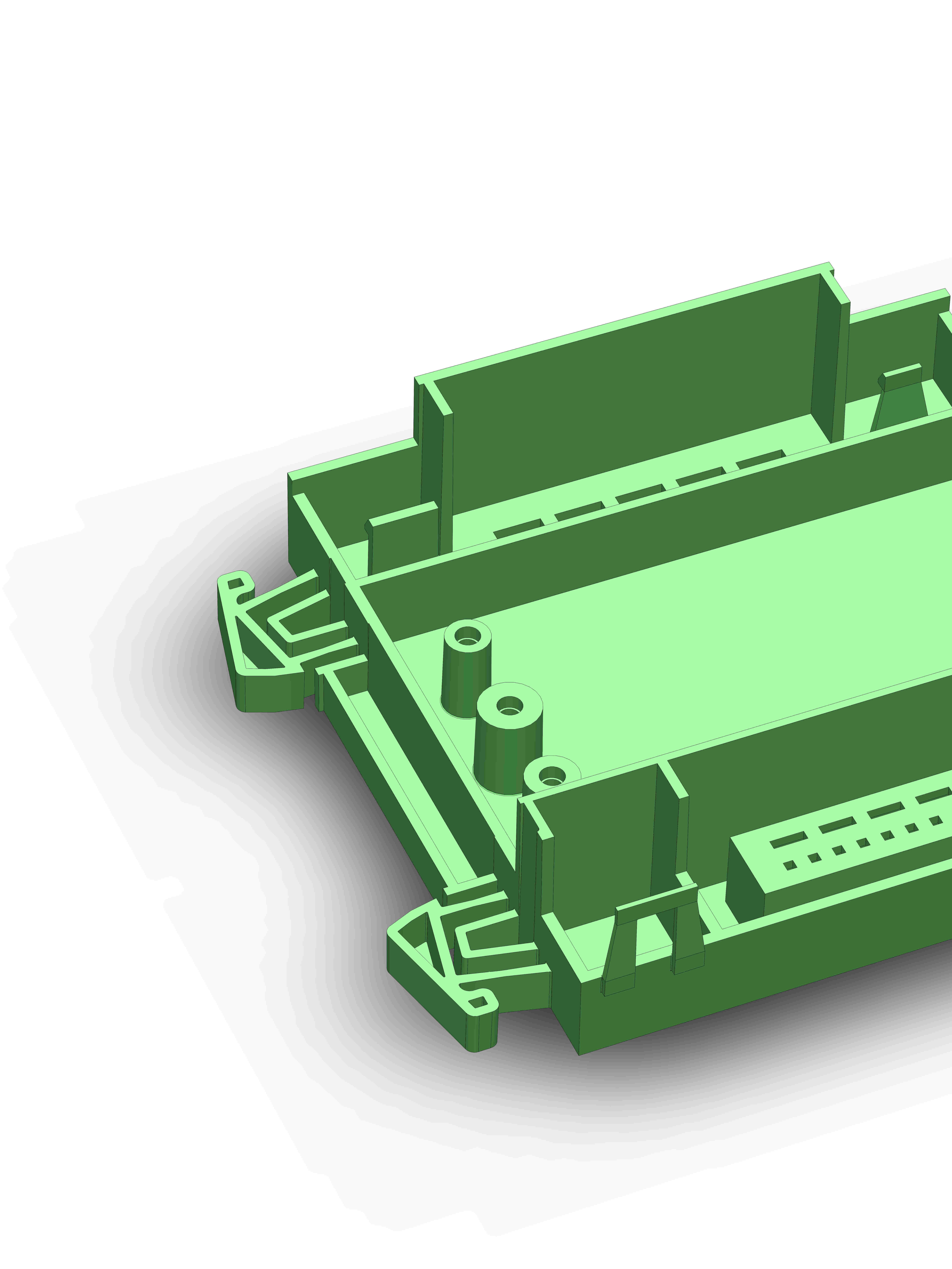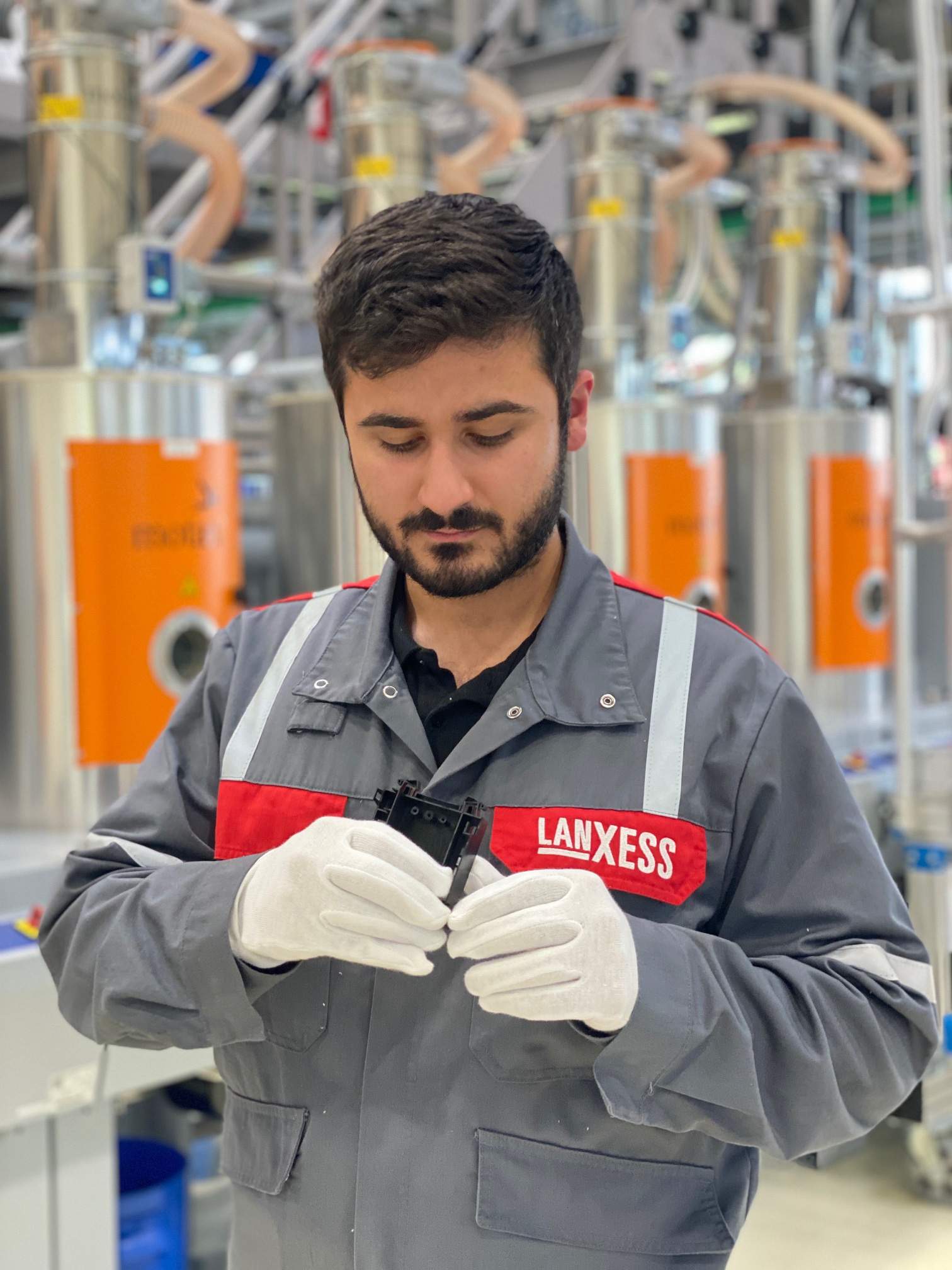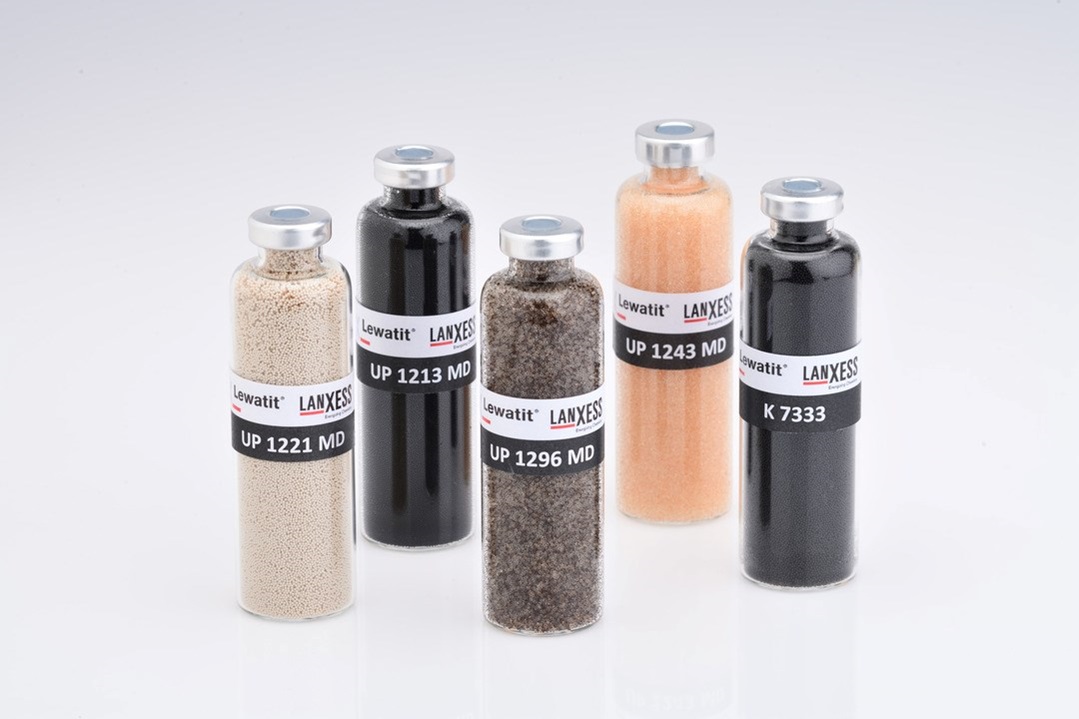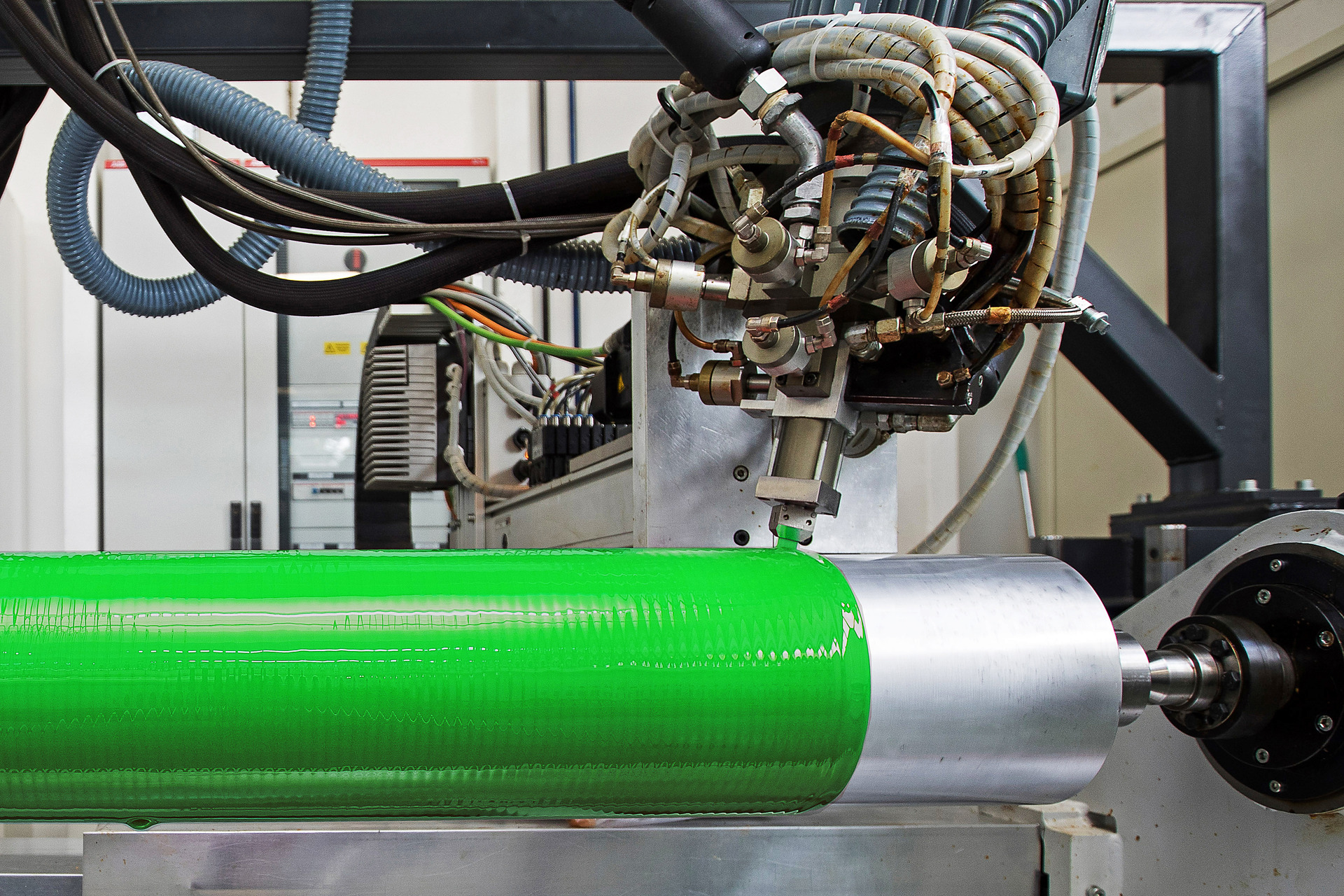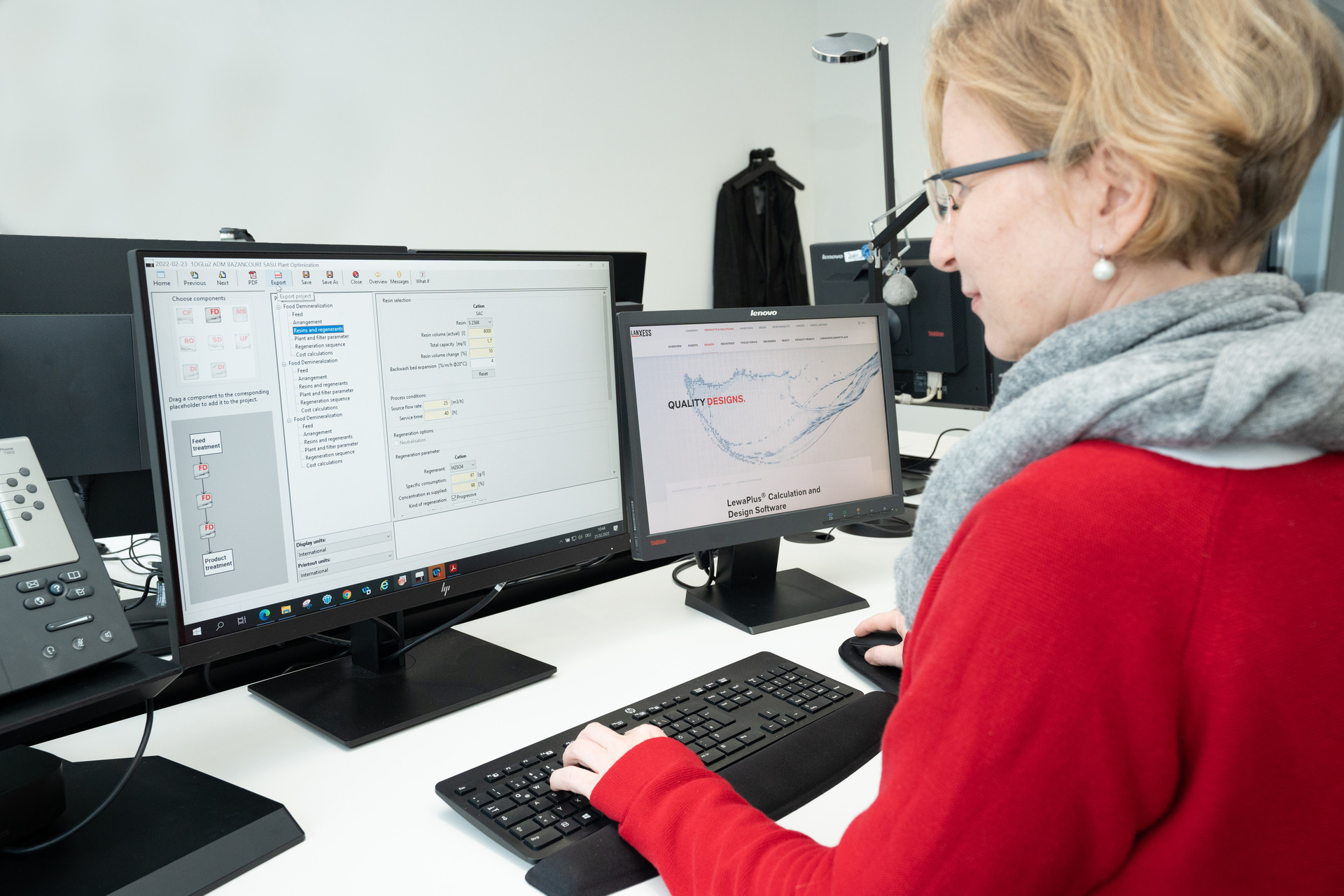LANXESS expands customer service for the electrical and electronics industry
- Application-focused experimental mold developed
- Investigation of the processing characteristics of complex compounds for electrical and electronic applications
- Analysis and assessment of challenges close to reality in part production
In addition to the automotive industry, the electrical and electronics (E&E) industry is the most important field of application for the LANXESS thermoplastic compounds Durethan (polyamide 6 and 66) and Pocan (polybutylene terephthalate). The specialty chemicals company is expecting a sharp rise in demand for the flame-retardant variants of these plastics due to factors such as increasing electric mobility and digitalization in all areas of life. Processors of these plastics are being supported with an extensive range of technical services such as demolding and flow property analyses. LANXESS has recently expanded its service offering in this area. An experimental injection mold for an application-focused part was developed in the company’s own technical lab for polymer processing at the Dormagen plant. The mold reflects the typical challenges encountered during injection-molding of flame-retardant polyamide and polyester compounds.
“We want to use this mold for the realistic analysis of new flame-retardant as well as hydrolysis-stabilized materials. First, our aim is to identify their special processing characteristics ahead of time so that we can adapt the formulations, where required, already during the product development stage,” explains Katharina Schütz, a project engineer at the polymer processing lab of the High Performance Materials (HPM) business unit. “Second, we want to give processors of our flame-retardant plastics specific processing recommendations for serial production.”
Reproducing and addressing customer challenges in a practice-based manner
Most flame-retardant thermoplastics have a narrower processing window than standard products due to the additives that are used. If the process parameters are not chosen ideally, this can result in deposits on the mold or surface defects on the component. Non-ideal processing can also often impair the mechanical properties of the compounds. Schütz: “This experimental mold allows us to reproduce these challenges in a practice-based manner and find ways for improvement.”
The injection mold developed by the HPM plastics experts is a highly functional, housing-like demonstrator part integrating numerous aspects from different areas of application. Its complex geometry exhibits sudden changes in wall thickness, openings, larger planar sections, ribs and rough “imitations” of plug connections. Snap fits with different geometries – similar to those on e.g. terminal blocks – have also been integrated along with screw bosses of varying diameters.
Material analysis tests on the component
“The palm-sized part can also be used for mechanical, electrical and flame-retardant testing to evaluate the performance of a material depending on various process parameters and practical geometry,” explains Sarah Luers, an expert in E&E application development at HPM. The tests that HPM performs among others at its part testing center include drop tests, tracking resistance measurements in accordance with UL 746A (Comparative Tracking Index, CTI) or glow-wire tests in accordance with IEC 60695-2-11 to -13.
HiAnt – a service offering that pays for itself
All these services aimed at project partners are part of the HiAnt brand, which encompasses the extensive range of expertise that HPM has to offer in material, application, process and technology development. The support covers all stages of application development – from concept design, material optimization and mechanical and rheological simulation through to the start of serial production.
Analysis of stress cracks in overmolded metal parts
HPM is constantly expanding its processing toolbox so that it can continue to provide effective support for its customers in the E&E industry. An experimental mold for plastic-metal hybrid parts will also be brought into operation in the future. “Plastic components featuring overmolded metal inserts can be susceptible to stress cracks when they are exposed to large temperature fluctuations. We want to use the new hybrid mold to investigate and improve the crack resistance of materials that we are specially developing for these applications,” says Luers. The business unit is also planning to use the mold to validate a simulation model for predicting stress cracks depending on factors such as the material, component geometry and processing parameters.
For more information on LANXESS flame-retardant compounds and related HiAnt services, visit www.flame-retardancy.lanxess.com respectively www.hiant.lanxess.com.
Information for editors:
All global LANXESS news releases and their accompanying photos can be found at http://press.lanxess.com.
Recent photos of the Board of Management and other LANXESS image material are available at http://photos.lanxess.com.
